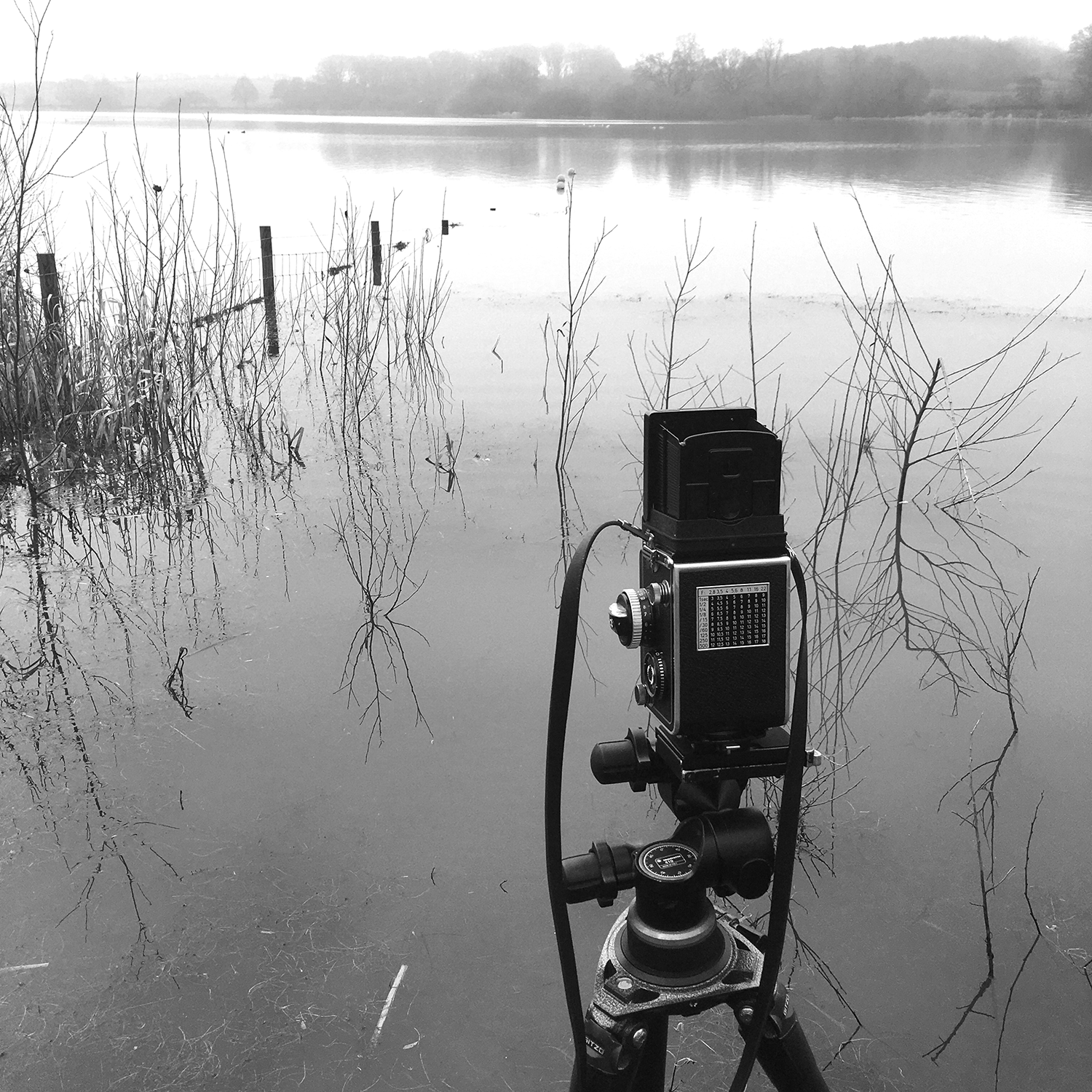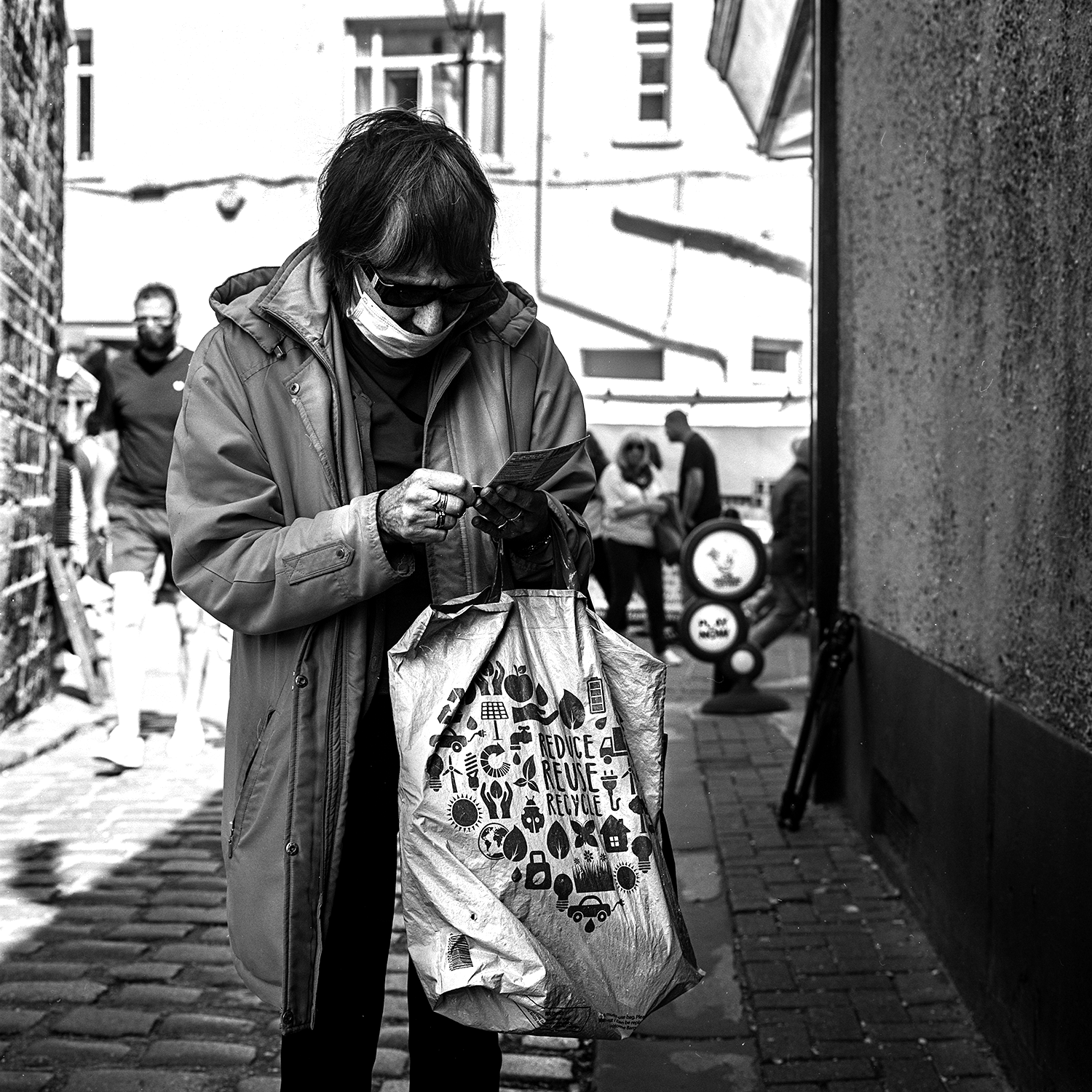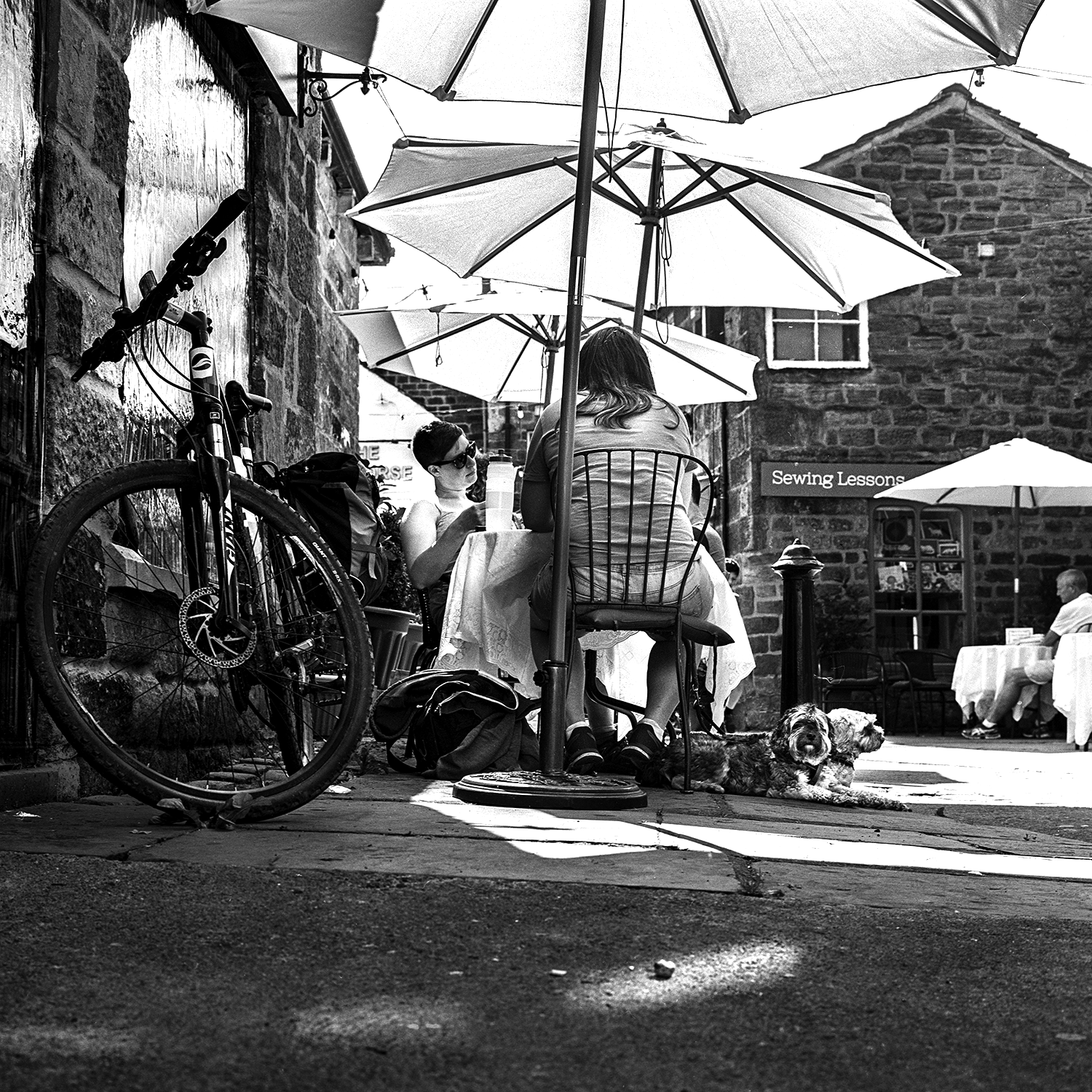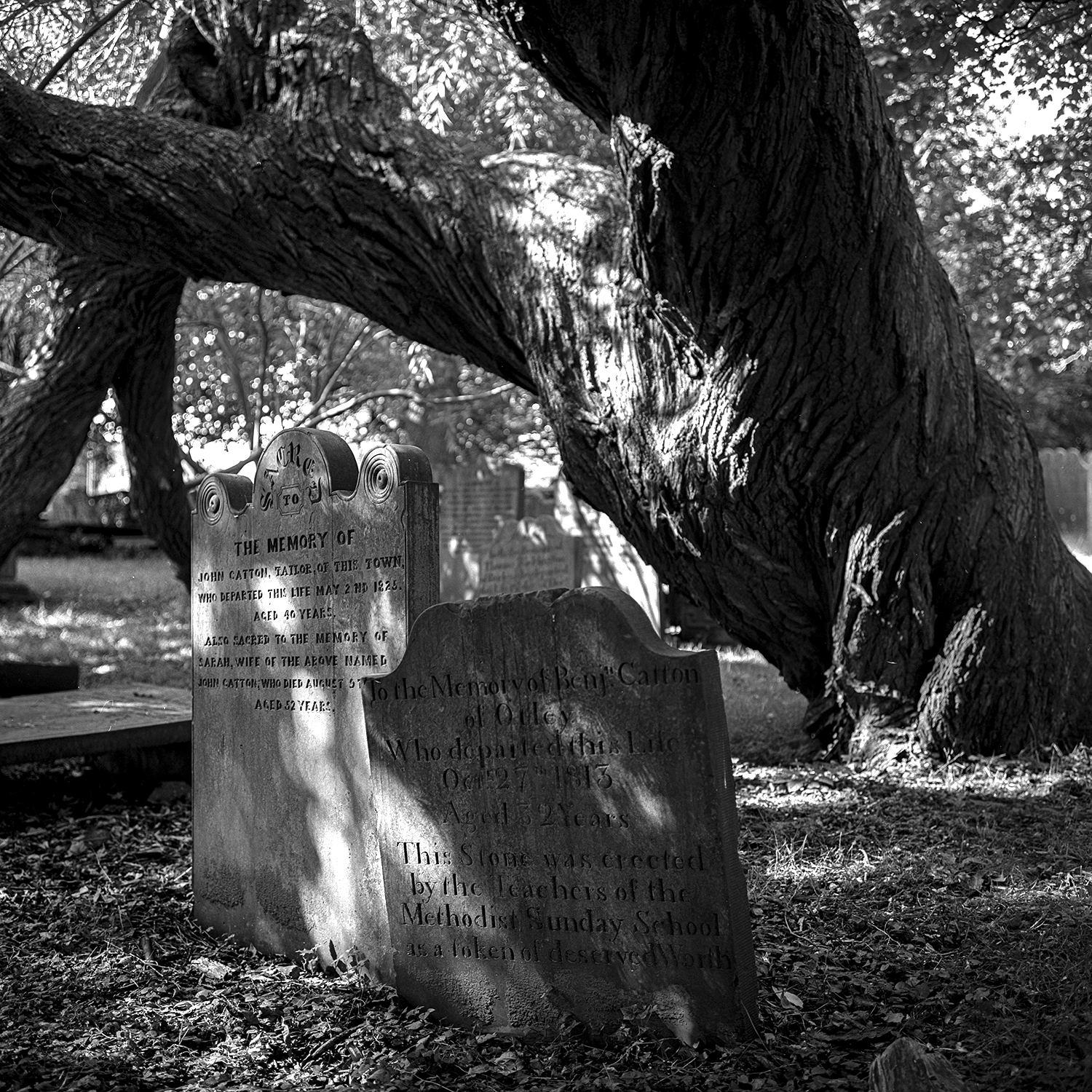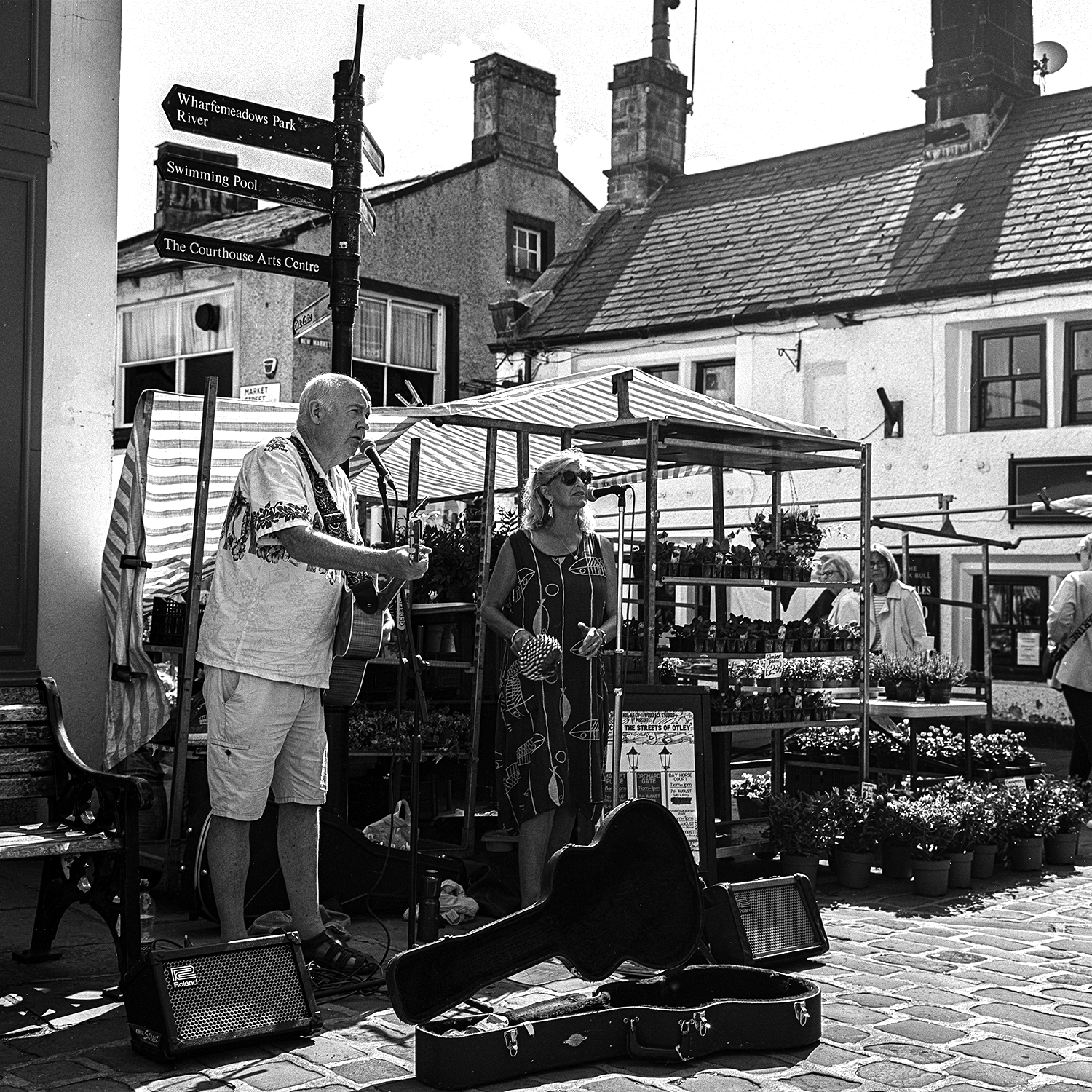A Rolleiflex Affair
For some time now I have found myself becoming more and more dissatisfied and frustrated with the digital process of photography. Some of it has been my own fault for allowing myself to be affected by social media content. There is also constant pressure from major camera manufacturers who brainwash us into believing that what we need is their new ‘game changing model’, which would often leave me thinking my camera was not good enough. But I had also become extremely stuck in a creative rut. First there was the ‘enlightenment’ of my photography degree, and the myriad of new influences, and then the isolation and inward looking effect that shielding for over a year (thanks to COVID-19) had on us all. I realised that I needed to change things, or I would probably give up photography completely.
As artists, we are instinctively drawn to a vision and a creative process. But it is the draw of something tangible, discernible by the touch, which satisfies a need in me - a deeper instinct - to produce a beautiful, physical finished piece of work. Attempting to be an artist, in whatever artform you choose, is defined by creative constraints. The skill or artistry is working with the constraints to create your idea or vision. A photographer’s decision to use a manual analogue/film camera, is a challenge. You have to imagine an idea and then create that photograph with no auto functions, limited options when choosing film and more options when developing the film. It requires a well-drilled and well-practiced workflow. It is certainly useful, if not important, to be able to see past the technical excellence and wizardry we get from a digital camera and computer combo, and the images they can produce together. It requires that you accept and embrace the constraints of film cameras and lenses and put them to use as creative tools for creating a different and unique aesthetic. Enter the Rolleiflex 3.5f …
I am now the proud owner of two manual medium format TLR Rolleiflex cameras that were both made between 1958 and 1961. They each have a fixed lens that is roughly equivalent to a full frame 50mm camera. They cannot take graduated filters, at least I don't think they can, but they are beautifully engineered which is something very rarely seen today. When they were purchased I had no idea how to use them. Having recently spent months researching current film photographers in the UK, I found Martin Henson’s wonderful work on his YouTube channel. He has also made several videos on using a Rolleiflex. So I contacted Martin and then spent a day with him.
https://www.martinhensonphotography.co.uk
https://www.instagram.com/martin_henson_photography/?hl=en
I felt that I needed to better understand about metering and exposing film, about the character of the Rolleiflex lens and utilising its strengths to create the particular aesthetic that I was seeking. Martin’s knowledge of all things analogue comes from over forty years of experience and many hours spent in the darkroom developing the films he has exposed himself, and printing from the negatives. The day I spent with Martin was incredibly valuable. I learned a great deal and was inspired. The icing on the cake was Martin developing the roll of film I shot on the day and creating three beautiful prints for me to take home.
While the benefits of digitalisation – in terms of accessibility, dissemination, speed and efficiency – are universally acknowledged, some people are beginning to reflect on what is lost in this great technological revolution. While there is a lot to lose, and to gain, I see digital imaging and analogue photography as two entirely separate mediums. However, there is an acceptable ‘hybrid’ middle ground for me. And this is where I believe my practice is heading. Analogue is more hands on, tangible and connected to the creation of the photograph from start to finish. Digital is a computerised process, prolific, transient and destined to live forever on a hard drive. But perhaps there is an opportunity here for an artistic blend of the two.
Workshop notes
Workshop date 28th August 2021
Camera, Rolleiflex TLR 3.5f 75mm Planer lens
Film used Ilford FP4+ 125iso
Metering used Handheld incident and Sunny 11 rule (Yorkshire version!!)
Printed pictures (examples)
Headstones and Tree, 1/125 @ f/5.6, incident reading
Women, 1/125 @ f/11, Sunny11 guesstimate
Passage, 1/30 @ f/11, Sunny 11 average guesstimate
The Negatives
Develop in Pyrocat HD 1-1-100 dilution
11 minutes at 21c (70f), 30sec continuous agitation then 2 inversions every min to end time
30sec water stop bath, then fixed in alkaline fixer for 2.5 minutes
Film scans
Negatives scanned with Nikon 9000ed scanner, scanned as a Raw scan in VueScan Professional, then loaded into Photoshop CC, 2.2 gamma applied, converted to a positive image using Colorperfect software, file then edited using the Contrast Graded method.
Printing
Edited files printed 12x12inch on Epson Cold Press Bright a matt textured paper through Imageprint RIP processor, Epson 3800 printer used

